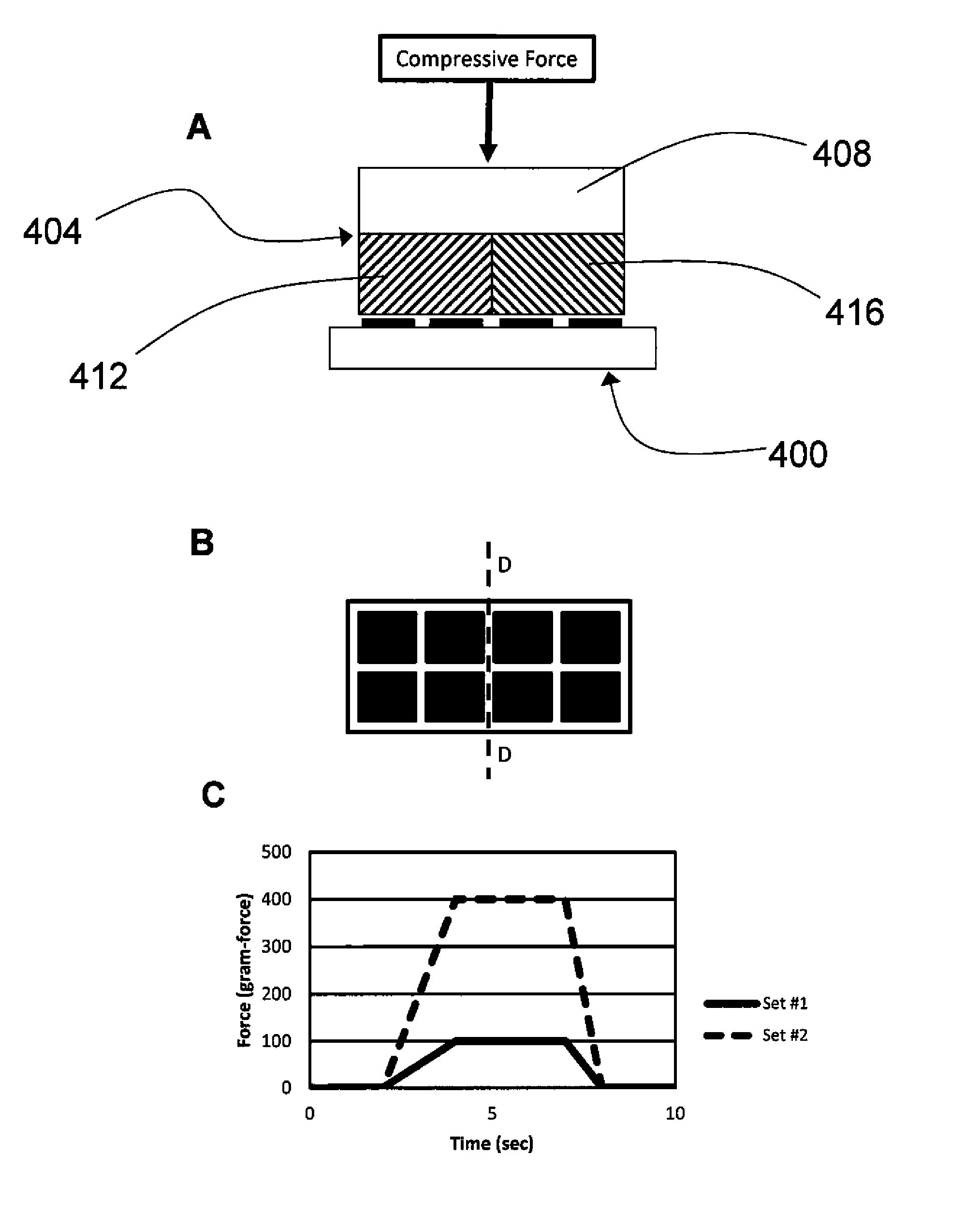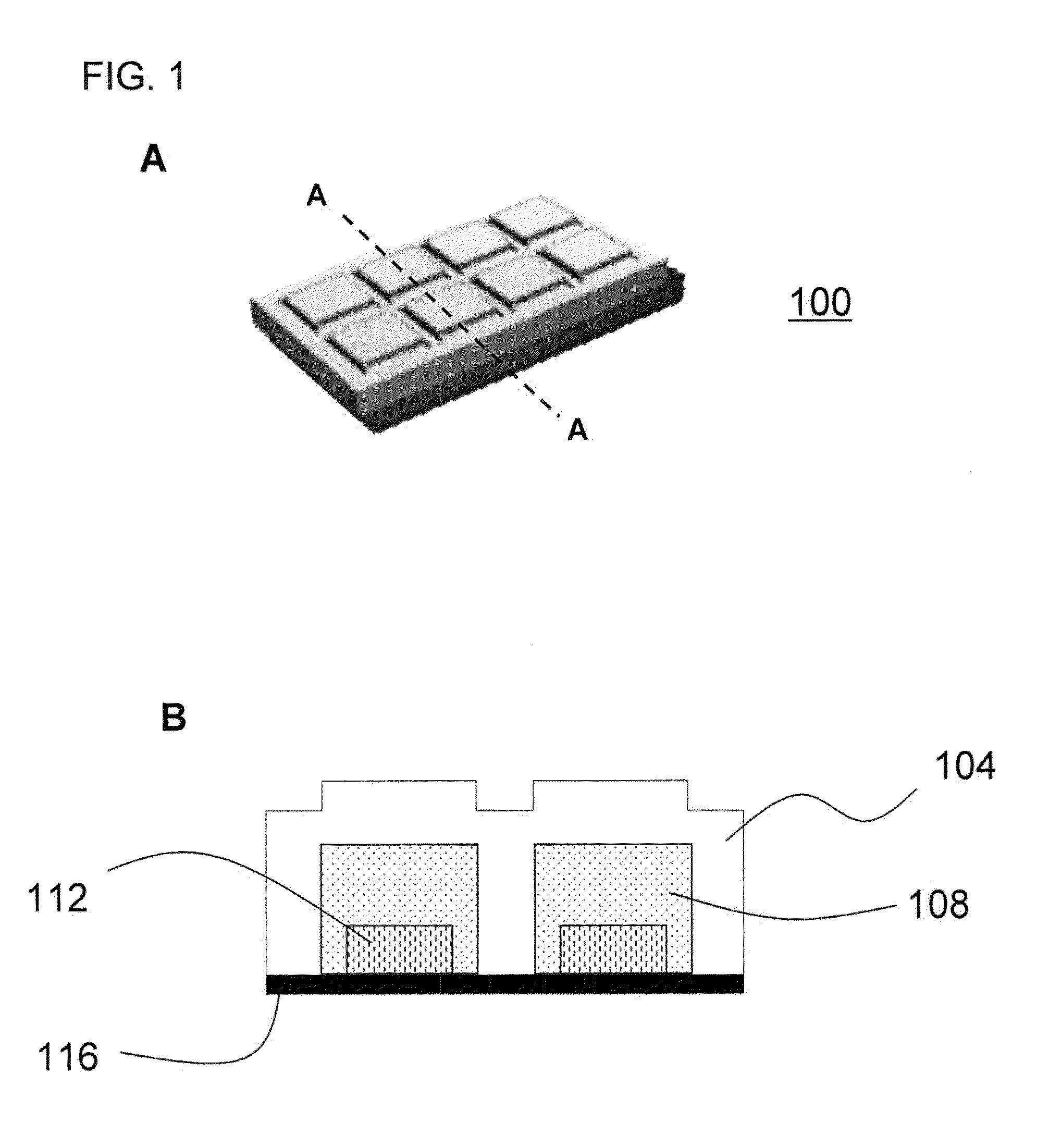Novel Tactile Feedback System for Robotic Surgery
a robotic surgery and tactile feedback technology, applied in the field of surgery, can solve the problems of reducing recovery time, reducing overall healthcare costs, and reducing blood loss
- Summary
- Abstract
- Description
- Claims
- Application Information
AI Technical Summary
Benefits of technology
Problems solved by technology
Method used
Image
Examples
Embodiment Construction
[0025]It is to be understood that the figures and descriptions of the present invention have been simplified to illustrate elements that are relevant for a clear understanding of the invention, while eliminating for purposes of clarity, other elements that may be well known.
[0026]The systems and methods of the present invention provide surgeons with an accurate and sensitive perception of the tissue that is being manipulated during robotic or laparoscopic surgery. The present invention employs sensors that allow for an improved spatial resolution and responsiveness over a broad range of relevant pressures when compared to prior art surgical tools.
[0027]The surgical instrument embodiments of the present invention preferably include a plurality of micro-pressure sensors located within the base of jaws used to manipulate tissue. In some embodiments, the micro-pressure sensors are MEMS-based sensors. When chosen appropriately, the MEMS sensor arrays are capable of providing a linear res...
PUM
 Login to View More
Login to View More Abstract
Description
Claims
Application Information
 Login to View More
Login to View More - R&D
- Intellectual Property
- Life Sciences
- Materials
- Tech Scout
- Unparalleled Data Quality
- Higher Quality Content
- 60% Fewer Hallucinations
Browse by: Latest US Patents, China's latest patents, Technical Efficacy Thesaurus, Application Domain, Technology Topic, Popular Technical Reports.
© 2025 PatSnap. All rights reserved.Legal|Privacy policy|Modern Slavery Act Transparency Statement|Sitemap|About US| Contact US: help@patsnap.com



